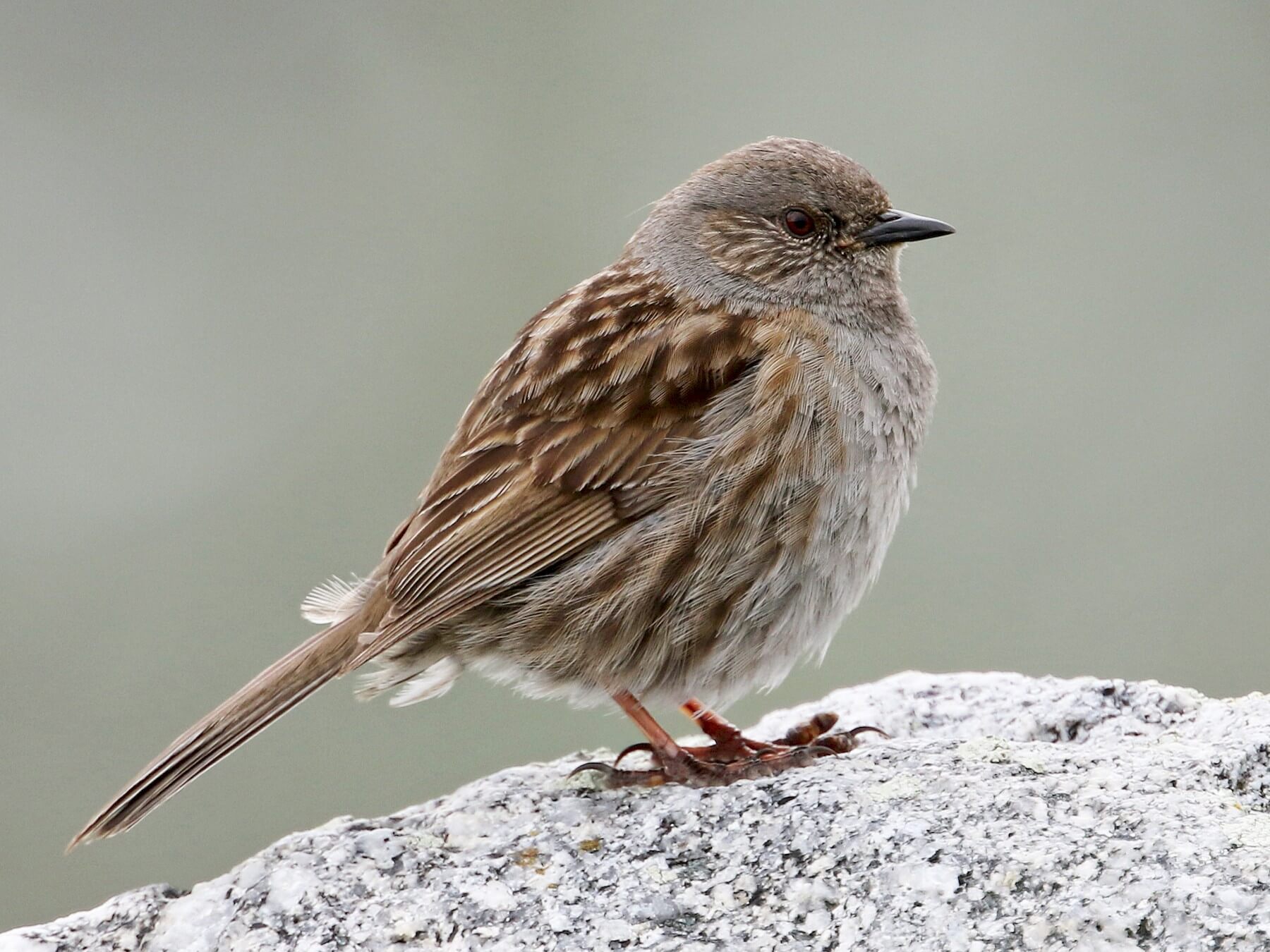Their twittering, cooing, and beeping are simply part of it: Without the background noise of the wild birds, something would be missing in nature. Have you ever stopped short when it suddenly becomes very quiet outside, for example shortly before a thunderstorm?
We instinctively know how to interpret silence as a sign of danger – humans are so closely connected to native birds. And yet many German forest bird species and garden birds lead a life in secret. They live well hidden and are more audible than visible in everyday life. In general, little is known about the somewhat more exposed and larger birds. Who today can still recognize a bird by its song without seeing it? Take a good look around the forest, park, and garden: The slightly hidden world of wild birds will fascinate you.
From the Blackbird to the Wren: Native Birds in the Garden
Around the feeding station and bird bath, there is a lot of air traffic to be observed in every season. Here are some typical representatives of the domestic bird world that can also be found in urban areas.
Blackbird

The blackbird is a bird that cannot be overlooked and one that is difficult to ignore. When the deep black male with the orange beak sits down on a high song tower and lets out his song, all eyes are on him. The female in the subtle brown plumage looks a bit more modest. The best way to watch blackbirds after rainfall is when they chase earthworms in the meadow.
Great Spotted Woodpecker

The black and white bird with the red cap is at home where there are old trees. As a park and cemetery dweller, you can often meet him in the city. His characteristic drumming, with which he can feel insect larvae from under the tree bark, is unmistakable. To see him, you need a little more luck and a keen eye: Most of the time he is out and about in the dense treetops.
Magpie

Magpies are songbirds too. Many people have twofold relationships with them. The large black-and-white, blue-green iridescent birds have a reputation for carrying-off shiny objects and robbing the nests of smaller birds. Mostly magpies appear in larger groups: Then you can observe fascinating social behavior and the astonishing intelligence that is characteristic of the corvids.
Finch

Greenfinch, chaffinch, goldfinch (better known as goldfinch): How can you tell these small wild bird species apart? This is easy with the goldfinch: the unusually colorful plumage with the red face is very distinctive. The blue wing bands of the chaffinch and the yellowish-green cover plumage of the greenfinch are noticeable. What they all have in common is the powerful beak with which the animals crack seeds.
Bullfinch

You need a bit of luck to watch a bullfinch or bullfinch: the plump, brown-gray bird, with the male’s bright pink breast, behaves quite inconspicuously. As a seed eater, it likes to use faded flowers and nibble on berries with its powerful beak.
Dunnock

You often only see her out of the corner of your eye by chance and then mistake her for a mouse scurrying by the dunnock is a master of camouflage and likes to be in the bushes or between tall plants. There it pecks for small beetles, other insects, worms, and snails.
Great Tit, Blue Tit, Tailed Tit

Titmouse is one of those wild bird species that everyone knows. The compact, sociable birds have meanwhile seen little fear of humans and the advantages of tit balls and nesting aids. This makes them popular guests in the garden all year round.
Wood Pigeon

The noble gray-colored animals with the white neck collar appear somewhat strangely proportioned with their short legs and a comparatively small head. The wild relatives of the famous city pigeon are the largest native songbirds and can become very trusting.
Robin

The robin, with its eponymous throat, is a very conspicuous representative of the local bird world and enchants people with its melodic song. His feeding plan consists mainly of insects and other animal food. It is a bit grumpy towards fellow species because robins have a pronounced territorial behavior.
Sparrow

Whether house sparrow or tree sparrow: the population of the common sparrow has been declining for years. The little brown-gray birds, which always appear in flocks and are characterized by fearlessness bordering on the cheek, unfortunately, find less and less suitable breeding places and insect food for rearing the chicks.
Star

Dark plumage with wonderful shimmering effects and an impressive talent for singing: every garden should have a star. The sociable bird, which has a great preference for fruits and berries, also shines as a voice simulator.
Wren

Whenever he belts out his song from an elevated vantage point, the plump brown dwarf is king in the area. The wren is easy to recognize by its tail, which is always held upright.
